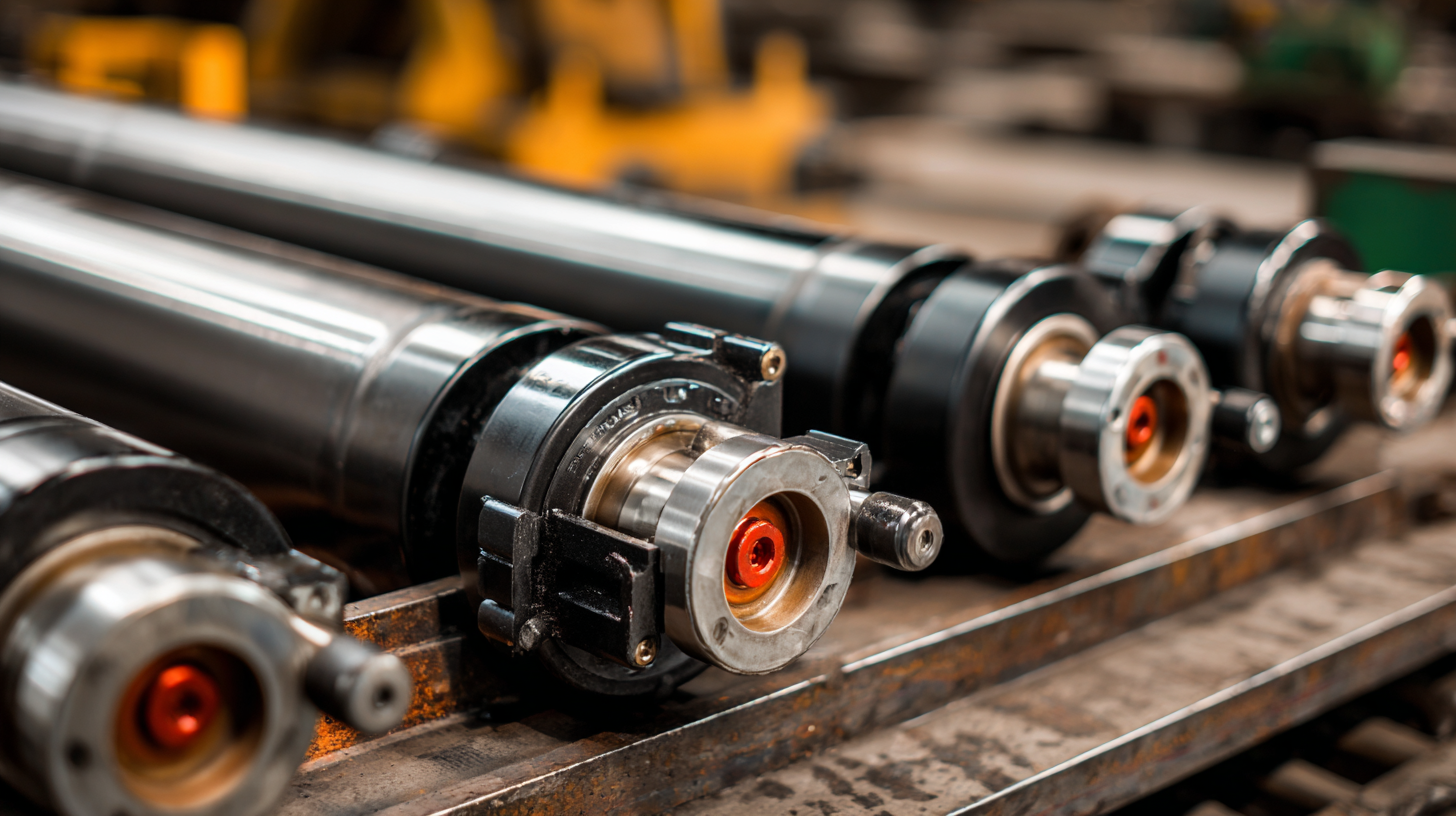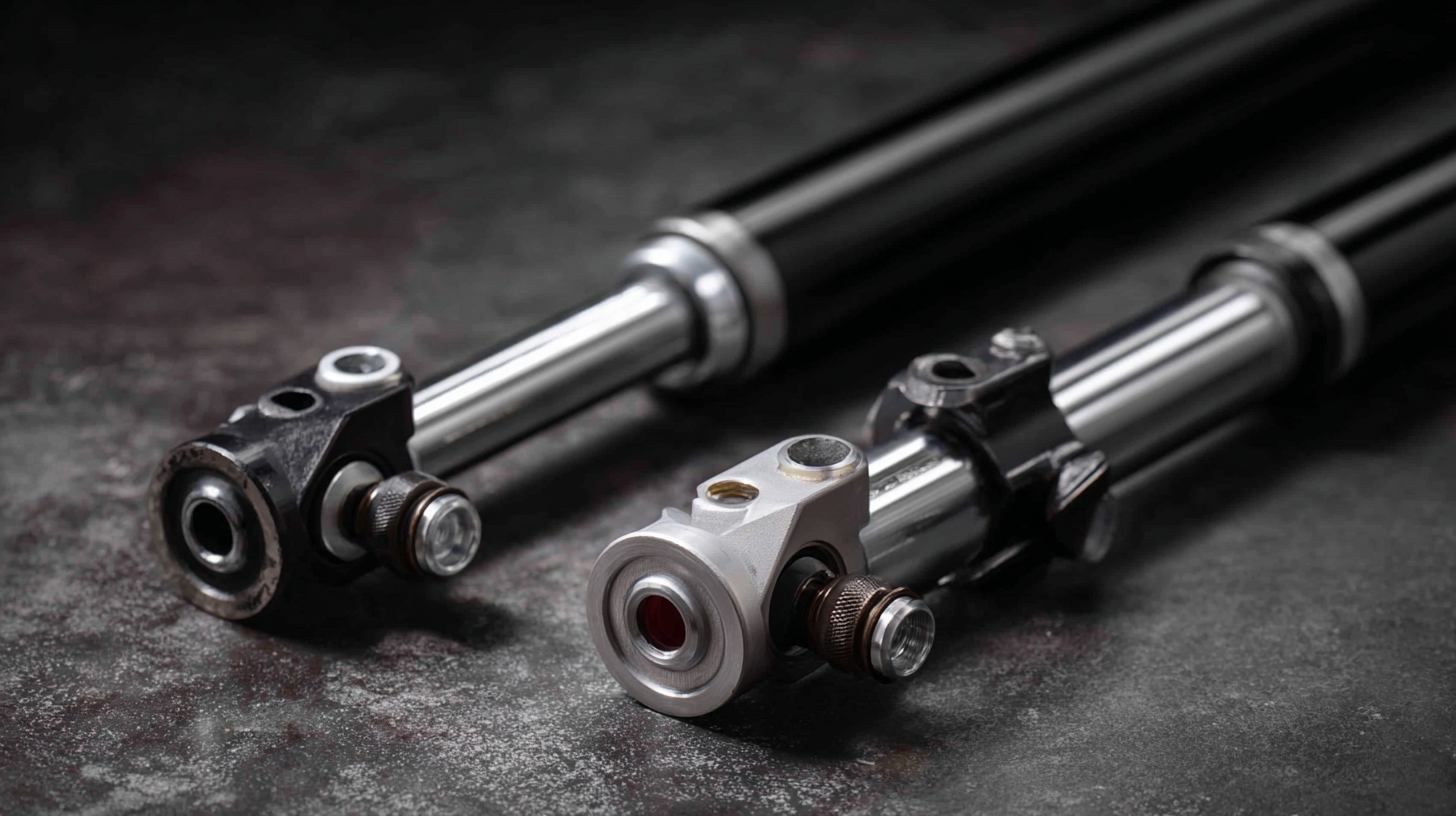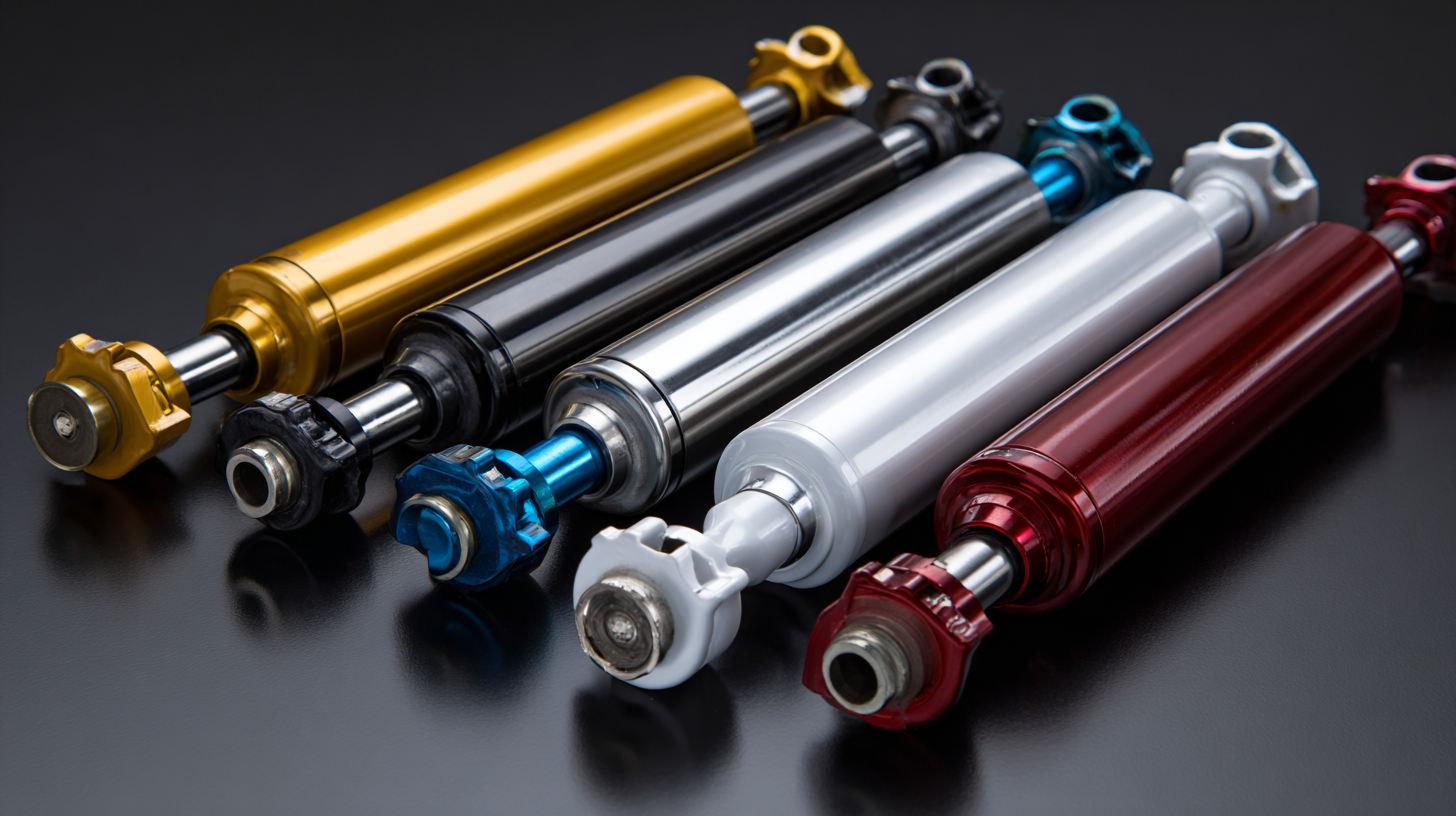As industries evolve, the importance of staying ahead of technology trends cannot be overstated, especially in the realm of Aftermarket Hydraulic Cylinders. According to a recent market report by Industry Research, the global hydraulic cylinder market is projected to grow from $14.7 billion in 2022 to over $19 billion by 2025, fueled by an increasing demand for advanced machinery and equipment across various sectors. Embracing the 2025 technology trends will not only enhance operational efficiency but also provide manufacturers and service providers with innovative solutions to meet evolving market needs. Adopting emerging technologies such as IoT, AI, and predictive maintenance can significantly improve the performance and longevity of Aftermarket Hydraulic Cylinders, ultimately leading to reduced downtime and increased customer satisfaction. As we navigate this dynamic landscape, understanding and integrating these trends will be vital for staying competitive and delivering superior products to the market.

The automation revolution is set to transform the landscape of hydraulic cylinder production by 2025. As smart manufacturing technologies advance, hydraulic cylinder manufacturers are increasingly integrating IoT devices, robotics, and AI into their operations. These technologies provide real-time data analytics, enabling manufacturers to optimize production processes, reduce waste, and enhance product quality. With automation, the ability to monitor and control equipment remotely will streamline maintenance schedules, minimizing downtime and ensuring that production lines remain efficient.
Moreover, the implementation of smart factories will facilitate greater customization in hydraulic cylinder manufacturing. By employing advanced algorithms, manufacturers can quickly adapt production lines to meet specific customer requirements or respond to market changes. This flexibility not only fosters innovation but also improves customer satisfaction by delivering tailored solutions in a fraction of the time. As we advance towards 2025, embracing these technological trends will be crucial for companies aiming to stay competitive in the fast-evolving landscape of hydraulic systems.

As we approach 2025, the emergence of electric hydraulic cylinders is reshaping the aftermarket industry. These advanced components are gaining traction due to their precision, energy efficiency, and the growing focus on sustainability. Unlike traditional hydraulic cylinders, electric alternatives utilize electric actuators, allowing for smoother operations and reduced environmental impact. This shift reflects a broader trend toward automation and smart technology in industrial applications, where manufacturers are increasingly prioritizing innovative solutions that enhance performance while minimizing energy consumption.

Market demand for electric cylinders is expected to soar as industries recognize the long-term benefits they offer. Factors such as stringent environmental regulations and the need for cost-effective, reliable systems are driving this transition. Moreover, the ability of electric cylinders to integrate with IoT devices enables enhanced monitoring and control, providing users with real-time data to optimize operations. As we delve deeper into 2025, it’s critical for businesses in the hydraulic cylinder aftermarket to adapt to these trends, ensuring they not only meet current demands but also position themselves favorably for the future.
Embracing the technology trends of 2025 in the aftermarket hydraulic cylinder sector hinges on adopting data-driven decision-making processes. As the demand for industrial hydraulic equipment surges—projected to reach $52.6 billion by 2033—leveraging analytics can provide companies with a competitive edge. By systematically collecting and analyzing data, businesses can identify patterns and trends that influence maintenance practices, product development, and customer needs.
**Tip 1:** Invest in predictive maintenance technologies. By utilizing sensor data and machine learning algorithms, companies can forecast equipment failures before they occur, reducing downtime and maintenance costs. This proactive approach not only enhances operational efficiency but also extends the lifespan of hydraulic cylinders.
**Tip 2:** Harness the power of data visualization tools. Implementing dashboards and reporting systems can help stakeholders quickly understand complex data relationships, enabling informed decision-making. With clear visual representations of key performance indicators, teams can track their progress and make adjustments aligned with market trends effectively.
Effectively leveraging data analytics can position aftermarket hydraulic cylinder businesses at the forefront of the industry, adapting swiftly to evolving demands and technology advancements.
As the demand for sustainability grows, integrating eco-friendly practices in hydraulic cylinder manufacturing has become essential. The hydraulic industry is no exception, as manufacturers seek to minimize their environmental footprint and enhance the lifecycle of their products. Utilizing recycled materials in the production of hydraulic cylinders not only conserves resources but also reduces waste. Implementing green manufacturing techniques, such as energy-efficient processes and water conservation strategies, can significantly lower emissions and resource consumption.
Furthermore, embracing biodegradable hydraulic fluids can make a substantial difference in minimizing environmental impact. These fluids are designed to break down more easily in case of spills, thus reducing soil and water contamination risks. Additionally, manufacturers can engage in regular audits and certifications to ensure compliance with environmental regulations, which can bolster their reputation and appeal to eco-conscious consumers. By prioritizing sustainability, companies in the hydraulic cylinder sector can not only meet current market demands but also foster a culture of responsibility that resonates with a broad customer base.
| Trend | Description | Eco-Friendly Practices | Impact on Industry | Implementation Timeline |
|---|---|---|---|---|
| Smart Technology Integration | Utilizing IoT for real-time monitoring and efficiency | Utilizing recyclable materials in IoT devices | Improved operational efficiency and reduced energy consumption | 2025 |
| 3D Printing Technology | On-demand printing of hydraulic cylinder components | Minimizing waste through precise fabrication | Reduces material usage and enhances design flexibility | 2024 |
| Sustainable Materials | Incorporation of bio-based or recycled materials | Using recycled metals and greener coatings | Promotes sustainability and reduces carbon footprint | 2023 |
| Energy Recovery Systems | Technologies that recover energy in hydraulic operations | Incorporating energy-efficient hydraulic fluids | Lowers overall energy consumption | 2026 |
| Predictive Maintenance | Using analytics and AI to predict failures | Reducing waste by minimizing downtime repairs | Enhances reliability and reduces environmental impact | 2025 |
As we approach 2025, staying ahead in the aftermarket hydraulic cylinder industry requires anticipating technological trends and adapting to them proactively. Future-proofing your business hinges on integrating cutting-edge technologies like IoT and AI to optimize operations and improve customer service. By investing in smart sensors and predictive analytics, businesses can enhance the performance and longevity of hydraulic cylinders, ultimately leading to increased customer satisfaction and loyalty.
Additionally, embracing automation in your manufacturing processes is essential. Streamlining production with robotics and advanced machining techniques not only boosts efficiency but also reduces costs in the long run. Training your workforce to be tech-savvy and adaptable ensures that your team is ready to implement these innovations, fostering a culture of continuous improvement. Networking with technology partners and attending industry expos will also keep you informed about the latest advancements that can propel your business forward in an increasingly digital landscape.